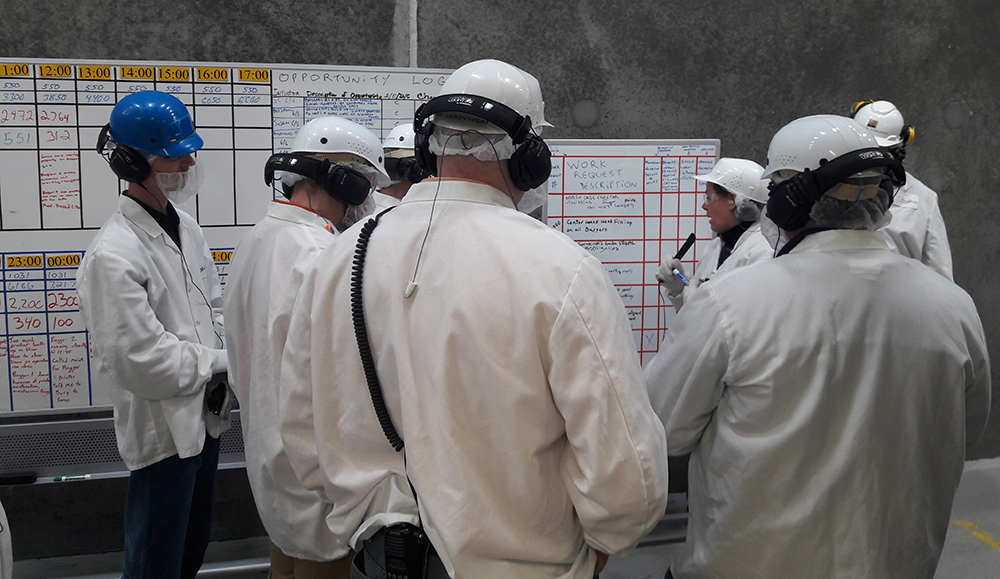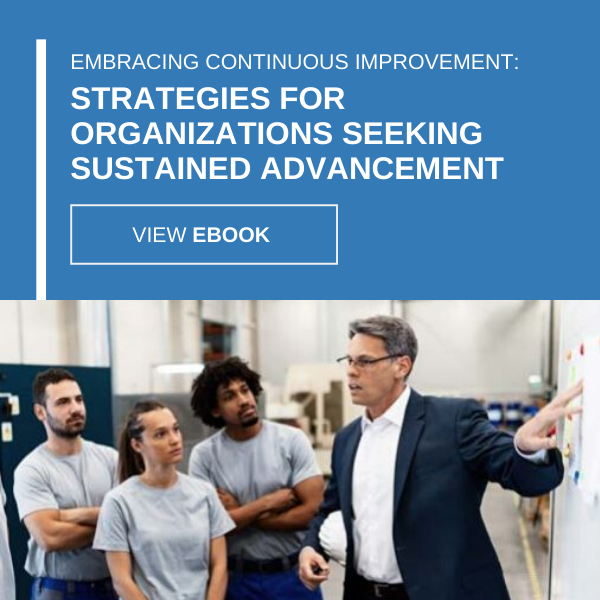
The Employee Involvement Prototype Process: USC’s Secret Weapon for Success
There is one element of an organization that holds significantly more value than any other aspect and yet many companies overlook it.
Focusing on this critical piece of your business leads to increased productivity, improved efficiency and safety, and higher customer satisfaction.
This essential asset… your employees.
At USC Consulting Group, we understand the value of your people and why it is so vital to empower them to be the best they can be.
One key to our success is a strategy we call the Employee Involvement Prototype (EIP) process. This gets to the heart of what makes companies tick.
The EIP process is one of the cornerstone techniques USC uses to validate and measurably implement changes to a company’s management operating system. The secret of it all is getting onto the shop floor at the point of execution and talking to employees to obtain their feedback and insights.
But change is hard
We’ve been in the consulting business since 1968 and have learned a few things about change in that time. When we go into a company, it’s because something isn’t working and needs to be tweaked, optimized or even overhauled. That usually involves changing the way things are done, day to day. But here’s the thing about change. It’s difficult and people don’t love it, especially if it’s coming from a consultant.
In the end, when we’ve finished our work and the company is functioning more efficiently and effectively, like a well-oiled machine, people are happy with the changes we’ve implemented. But it can get pretty dicey when you tell a shift boss who has been on the job for decades that the “way they’ve always done it” can be improved upon. It messes with their sense of competency, job satisfaction and know-how.
That’s why the EIP process is such a powerful ally.
Why the Employee Involvement Prototype process works
The Employee Involvement Prototype process is a method of introducing change on a small scale that involves the people who do the work. You can’t change the whole plant at once, we need a good point to start.
First, together we pick an area that has a need to improve and is open to change. An area where we can start to fill in the gaps and address the issues we have observed. Then, design or enhance the needed tools and demonstrate our techniques. We have open dialogue between USC, the employees and on up to management with daily meetings. These meetings are held on the floor, in the area where the work takes place.
We spend time observing how things are currently done. We talk to the employees on the front lines and ask for their input.
- What did they observe?
- What are the logjams and impediments to them getting the job done?
- Are they happy with the way things currently are?
- How do they think things might be improved for tomorrow?
- Is there a better way?
The answers to these questions become employee identified opportunities for improvement.
And it’s not just us out there. We involve the top brass at the company and encourage them to walk the shop floor with us.
Along the way as we’re rolling out changes, we have daily EIP meetings. The key agenda points are:
- What did we like?
- What didn’t we like?
- What do we need to do differently?
You find a lot of wisdom on the shop floor from people who have spent years, even decades, doing the job.
It allows us to identify the root cause of operating problems and implement permanent solutions.
This simple tactic works on many levels. Here’s how and why:
Employee buy-in. When change is foisted on people, they don’t like it. They might even fight against it and undermine it. But when you involve employees in creating change, that creates ownership, pride and ultimately, buy-in. They become the champions for the change.
Demonstrates the USC difference. Employees can be quite skeptical of outside consultants. The EIP is a very rapid and concrete way for the company leadership to show their employees that this effort is different. They have likely never seen their managers and executives in the workplace striving to fix issues. We spend the shifts in the area, seeing the process in action and demonstrating that we are interested in what is really going on.
Quick results. We call the EIP a starting point, a “pilot” in which we begin with one machine or in one area of a plant where we can start to engage the client in the change process, the tools we use, and how it all works. It allows us to start small, and if something isn’t working, we can correct it quickly.
Bottom line, it’s all about involving employees in the changes we’re making. In the end, they’re the ones whose day-to-day will change, so they should be part of the team that uncovers the problems and finds solutions.
For more info into what USC Consulting Group does and how we do it, read “How USC Consulting Group Accelerates Your Process Improvement Efforts.”






